An Engineer’s Experience at International Congress for Conservation Biology (ICCB)
18 November 2019 10:16am
Advice Needed: Daytime IR Flash?
17 November 2019 7:06pm
Counting night time visitors on a budget
16 November 2019 4:40pm
WILDLABS Virtual Meetup Recording: Drones
9 November 2019 12:00am
Camera Trap Symposium - Go-Long Board
8 November 2019 12:10am
Where to Look for Conservation Jobs (running list)
2 September 2019 6:47pm
7 November 2019 12:20am
But honestly, there are conservation organizations that would also benefit from the skillset of an engineer! Try looking into different organizations that interest you and see where your skills may fit in with that. Honestly, there situtations where conservation groups depend on engineers to help preserve a species or protect a habitat. You can look into wildlife parks, national parks, wildlife refuges, etc to see how your skills fit in there... unless you want to completely leave engineering behind of course.
7 November 2019 7:43pm
@Michiko Thanks a lot for the motivation and guidance.
I am looking for a job in this sector for quite sometime but have been unable to find one. Since one must keep running the house, I am working in Jacobs as a design engineer for the last 2 years.
I will try and try and try. But if u do find something do let us all eager eco-concerned Indian engineers know.
Virtual Meetup Discussion: Camera Trapping
25 October 2019 4:39pm
6 November 2019 9:38am
Thanks Sam, presumably you have lots more power than would be available from the battery in a tracking collar.
Peter
6 November 2019 9:54am
The Base Station where the data is sent using LoRa to be backhauled by satellite will definitely require larger batteries than a tracking tag!
However, we have tried to ensure that despite this the Base Station can be carried on foot by a small team to wherever it needs to be deployed. To do this we have designed a battery pack based on a small lead acid car battery, and no single item should weigh more than 6Kg so the weight can be distributed.
Our cameras and sensor endpoints contain internal rechargeable lithium ion batteries which are also bigger than a tag could have.
However, for a tracking tag it could still use a small battery as LoRa radios are very low power and the tag would only send the data to the Base Station when it is within range. This could be done by either the tag having a geo-fence feature - so it would know when it is close to a Base Station to try and send data - or the tag could try and communicate with a Base Station at set times of the day - at times when the Base Station can also be programmed to be awake. If the tag received nothing back after trying to connect it wouldn't try to send the data until another period of time.
For video transmission, LoRa is not a suitable protocol and you need to start looking at Microwave and TV Whitespace!
6 November 2019 10:05am
Thanks Sam
I am looking at LoRa for high resolution GPS tracking, and the project also involves camera trapping at scent marking sites. Power is already limiting collar lifetime (most of it goes to the GPS rather than the LoRa module), but transmitting real time pictures from marking sites while the marking is going on would be neat.
Camera Trapping: Incredibly Useful Resources List
 Ariel Hammond
Ariel Hammond
5 November 2019 12:00am
[ARCHIVED] Upcoming Event: International Conference on Human-Wildlife Conflict and Coexistence
4 November 2019 10:54am
Tablet Recommendations for Field Research
4 November 2016 2:44pm
16 November 2016 11:36am
Thank you both for this, much appreciated, we'll investigate. Chloe
1 November 2019 5:30pm
Hi. I'm picking up on an older post but i'd love to know if a ruggedised tablet with a long battery life at a price NGOs can afford is still an issue? Are there limitations to what you can find on the market still? What features do you need that you can't find currently? I ask as I work for Arm Ltd (supporters of Wildlabs.net) and I'm prototyping a tablet for the WHO to use for healthcare in rural communities in developing countries as they can't purchase anything suitable. If this sort of tablet would be useful in other sectors i'd be very interested to know. I'm not trying to sell anything (I promise!) I'm gathering evidence that there is market interest for such a device. I'm championing the need for tech to be designed for use cases that it currently isn't designed for eg off the shelf tablets don't help if you can't charge a device for 4 days and you face challenging physical conditions where you use it but you can't afford, nor do you need, military grade tablets. Thanks, Fiona
1 November 2019 5:42pm
I haven't done research on the options recently. But last time I did, from a value perspective, I've been recommending a solid consumer tablet which you can then “ruggedize” with a case, screen protector, or even an underwater case. That plus one or more power banks will be cheaper than a rugged desiged version. Use the extra $ you save to get a backup tablet and swap out the case/protective gear if it fails.
Best way to get a decent deal on tablets (or anything really) is use Amazon Warehouse Deals or Blinq to buy open box returns. And get an Amazon Prime credit card for an additional 5% cash back on your purchases.
Download the WILDLABS Community Review 2018-19
30 October 2019 12:00am
Who wants to learn Python? Courses to get you started coding
2 May 2016 3:13pm
31 August 2017 9:06am
A couple of years ago I completed the Coursera course Programming for Everybody (Getting Started with Python) with Charles Severance. I found it really well paced and well taught. He's a very personable tutor, and has also written a free book Python for Everybody, available as a PDF.
I found the Coursera course on R Programming with Roger Peng to be more difficult to follow, but I'm not sure whether that was down to the teaching style or the language itself. For R, I'd definitely recommend the best place to get started is swirl - Learn R, in R!
Happy coding
1 March 2019 9:20am
Hello everyone what are you wating for..
All US, UK, India users can enroll courses from Intellipaat (the largest IT trainng company)
check some of thier superb training list:
29 October 2019 4:52pm
Chuck's Python for Everyone course is available these days at www.py4e.com, and he's also created a course called Web Apps for Everyone www.wa4e.com. Both excellent resources, and he's a strong proponent for (and creator of) open source educational tools in general.
Lucy
Studying pangolin ecology
16 April 2019 3:59pm
21 October 2019 3:26pm
Hi all, many thanks for the information.
21 October 2019 11:42pm
Hi all,
Great to see this post continue to mature. Some good news for you all. Arribada has finished developing a lower cost open source Argos ARTIC R2 transmitter design with our development partners Icoteq for a National Geographic project. All thanks to @ThomasGray_Argos who originally gifted us 3 R2 development chips to work on an open reference design.
It's compatible with the Arribada Horizon GPS tracker, or cellular module if both are required in one device / unit. We'll look to integrate one of the LoRa radios from the Open Collar initiative too to create a comprehensive open solution that can be tweaked to form a viable pangolin tracker based on the attachment and epoxy designs above (thanks for the paper @Robin+Poches , great research).
However, first up is Bangladesh for some open ocean plastics tracking.
More info here for now - https://www.icoteq.com/icoteqs-argos-satellite-transceiver-now-certified-by-cls/
Cheers,
Alasdair
22 October 2019 3:40pm
Fantastic news, Alasdair. Indeed timely. I was wondering what the finiancial impliation for one unit will be? A price range will suffice. Thanks.
C
WILDLABS Virtual Meetup Recording: Environmental DNA (eDNA)
22 October 2019 12:00am
Wearable Tech Lions - Current Projects
17 October 2019 10:23am
18 October 2019 3:45am
Hi Natalie,
Interesting request. I may be able to help and am working in this area in Australia to track both native and introduced species. Would you please enlighten me with more specific objectives, location, duration and quantity.
Thanks.
Dan Pallotta is hosting a complimentary workshop in NYC on Nov 6th for nonprofit board membership engagement.
17 October 2019 3:32pm
Lion Relocation Projects
17 October 2019 11:13am
Plant-Powered Camera Trap Breakthrough
 Alasdair Davies
Alasdair Davies
15 October 2019 12:00am
AI powered mobile app to save snakes
4 October 2019 7:10am
9 October 2019 8:45pm
Hi Nilaksha,
Interesting idea. My ideas are usually not that helpful, but I thought I would chime in with the following:
(1) Start small and local, this will help reduce the size of the training data set you will need. So if you can work with a specific set of communities in a particular area that has a known set of snake species, both venemous and non-venemous, you only need images for those species and you won't need as many.
(2) iNaturalist has a pretty decent database (not thousands, but hundreds) of identified images. I have no idea what the restrictions would be around getting access to the database, but this is a Citizen Science organization, so I don't THINK it should be too complicated, especially if your initial scope is limited.
(3) Venemous snakes need "love" too. PLEASE make sure the app does not encourage the locals to kill the venemous snakes unless absolutely necessary. While it is admirable to prevent the accidental killing of a non-venemous snake, you shoudl not be encouraging the purposeful killing of the venemous snakes, but should be encouraging people to stay clear if the snake is in the wild and get professional assistance if the snake somewhere that could be dangerous to humans or other animals.
(4) Look into organizations like the Rainforest Aliance, OpenAI, etc., which are non-profits doing work in or with AI, they might be able to help give you a leg up.
(5) If you start local, you could build into the app the contact information for the professionals to come in and deal with the dangerous snakes.
Hopefully some of this is useful.
Good luck,
Drue
10 October 2019 1:57pm
Thanks Drue for your valuable input.
This is certainly not to encourage killing venomouse snakes. We can actually incorporate the featurs you pointed out to save venomouse snakes as well. Ideally we can let the user know how to deal with a venomouse snake and whome to contact if he/she needs professional assistance.
Thanks again.
Nilaksha
An ICCB newbie's experience
10 October 2019 12:32pm
How do you weigh a live whale?
 Fredrik Christiansen
Fredrik Christiansen
9 October 2019 12:00am
Using Artificial Intelligence to Track Birds’ Dark-of-Night Migrations
 University of Massachusetts Amherst
University of Massachusetts Amherst
9 October 2019 12:00am
Panatraps: 360 camera traps
8 October 2019 11:28am
Looking for opportunity to visit conservationists in Uganda
3 October 2019 2:19pm
Camera Traps and DMR Radio via IP?
26 September 2019 5:33pm
WILDLABS Virtual Meetup: Camera Trapping
26 September 2019 12:00am
WILDLABS Virtual Meetup Series: Season Three
24 September 2019 10:01am
Residents of the Forest: Camera Trap Educational series shows the diversity of Amazon dwellers
25 September 2018 2:52pm
17 May 2019 4:16pm
Check it out our new episode of the "Residents of the Forest" Camera Trap series about two Amazon ground-birds: White-Winged Trumpeter and the Spix’s Guan
https://www.youtube.com/watch?v=ZevHJTZRDKE
Hi all I am sharing the latest episode of WWF-Brazil web series "Residents of the Forest". The previously unseen images, obtained exclusively by WWF-Brasil, were captured by camera traps installed in the Chico Mendes Extractive Reserve, in the Brazilian State of Acre. Our seventh episode, focus on the White-Winged Trumpeter and the Spix’s Guan . The web series “Residents of the Forest” started last year, among the animals featured on the videos already released are the Pacarana, the tapir, some canids and anteaters from the Amazon.
The work with camera traps is a partnership between WWF-Brasil and other institutions, such as the Community Forest Producers Cooperative (Cooperfloresta), ICMBIO and the Residents and Producers Association of the Chico Mendes Extractive Reserve in Xapuri (Amoprex). Its aim is to monitor the conditions of the existing biodiversity in the Chico Mendes Extractive Reserve, in community forestry managed areas.
Check previous videos on your playlist: https://lnkd.in/eHhgDqA


12 July 2019 4:51pm
"Residents of the Forest" Series: New episode brings images of the giant armadillo, the largest and rarest armadillo of the world The Amazon’s armadillos are the protagonists of the eighth episode of the series "Residents of the Forest". The new set of unpublished and exclusive images captured at the Chico Mendes Extractive Reserve, in the state of Acre (AC), shows different species of armadillos and brings various curiosities about one of the most distinctive animals of the Amazonian biome. Among the animals depicted in the film are the Southern naked-tailed armadillo (Cabassous unicinctus), the Nine-banded armadillo (Dasypus novemcinctuo), the Greater long-nosed armadillo (Dasypus kappleri), and the giant armadillo (Priodontes maximus). They are shown digging, feeding, and even bathing! The images come from photographic traps installed inside the Resex.
Read the full story at:
https://www.wwf.org.br/informacoes/english/?72004/Residents-of-the-Forest-Series-New-episode-brings-images-of-the-giant-armadillo-the-largest-and-rarest-armadillo-in-the-world
Check the video at:
https://www.youtube.com/watch?v=X6iKlFJYal4
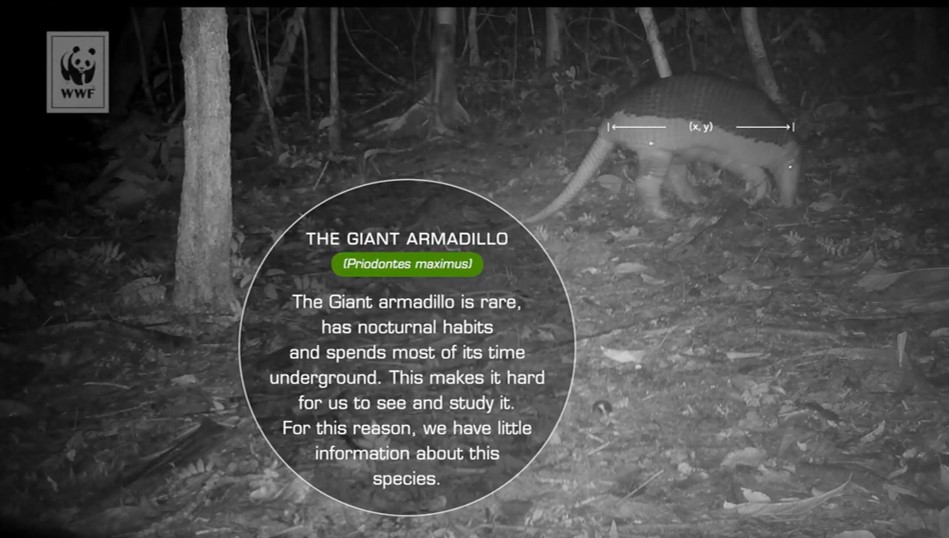



20 September 2019 4:52pm
Jaguar, cougar, jaguarundis and ocelot: In its last episode, the series “Residents of the Forest” brings images of the Amazon Felids
In its ninth and final episode, the web series “Residents of the Forest”, produced by WWF-Brasil since last year, brings another set of unpublished and exclusive camera-trap images. This time, the stars are the cats of the Amazon. Among the animals depicted in the video are jaguarundis (also known as the "gato-mourisco" or "moorish" cat in Portuguese), ocelots, cougars (also known as pumas), and jaguars.
Recorded during the last few months at the Chico Mendes Extractive Reserve (Resex) in the state of Acre, Brazil, the images were captured through tree-mounted camera traps that have motion sensors and record anything that moves. By doing so, these cameras could record scenes of animals in their natural environments during the day and night.
Watch it and check the playlist with all nine episodes at:
https://www.youtube.com/watch?v=y1aO8739Htk&list=PLFfXasjdYEpLghWXIahnFMlVfrRdPkyBe
Read the full story at:
https://www.wwf.org.br/?72523/Jaguar-cougar-and-ocelot-In-its-last-episode-the-series-Residents-of-the-Forest-brings-images-of-the-large-Amazon-felids

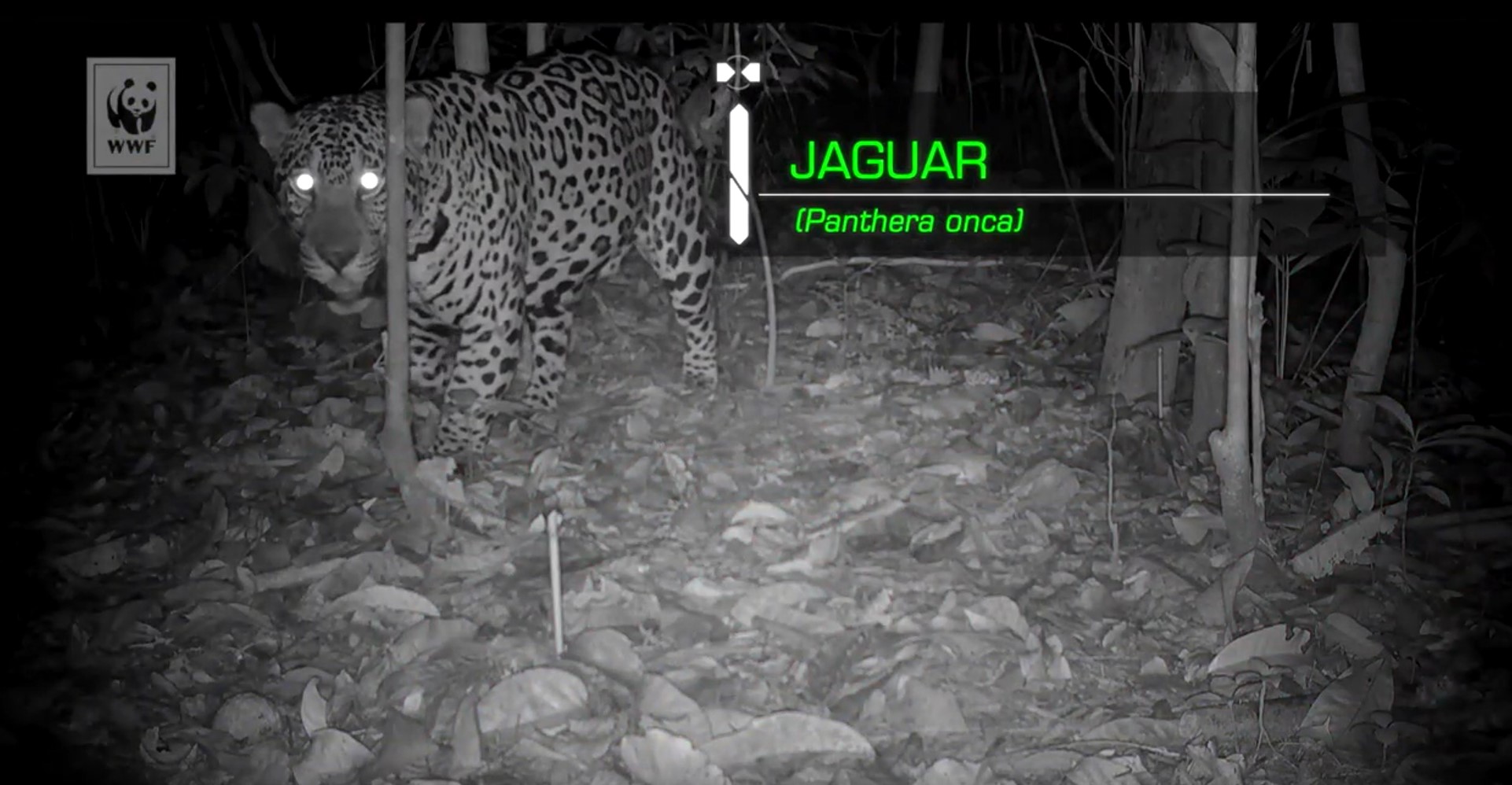
Download the SMART 2018 Annual Report
19 July 2019 4:16pm
20 September 2019 4:47pm
Great work Drew thanks for sharing, hopefully, for the 2019 report, we will have a greater presence of Latin American countries adopting SMART as we have ongoing training activities going on 03 "new smart countries" Brazil, Argentina & Paraguay.
Here is a post about Paraguay first SMART training, hold in the beginning of the month:
https://www.linkedin.com/pulse/paraguay-takes-first-step-towards-adopting-spatial-tool-spina-avino/
Regards!

[ARCHIVED] Camera trap Tech Symposium Nov 7/8th 2019
20 September 2019 7:32am





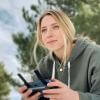



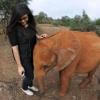





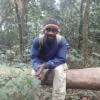









7 November 2019 12:18am
I would suggest focusing on honing a skillset that would make you a killer applicant. Wildlife is a hard field to get into, so instead of targeting a species of interest, it would be helpful to jump on any opportunity to get more experience. Even if it is not directly related to what you want to do. Try picking up some volunteer work or internships to get your foot in the door and see if it is still what you would like to do too!